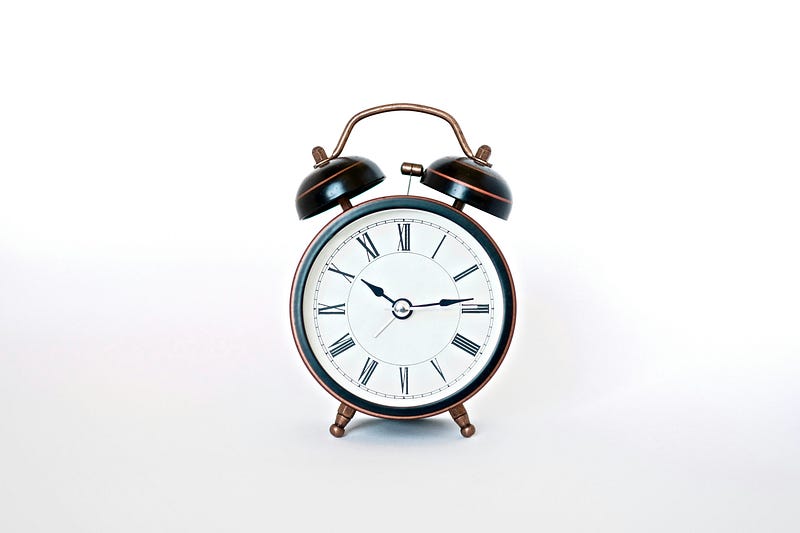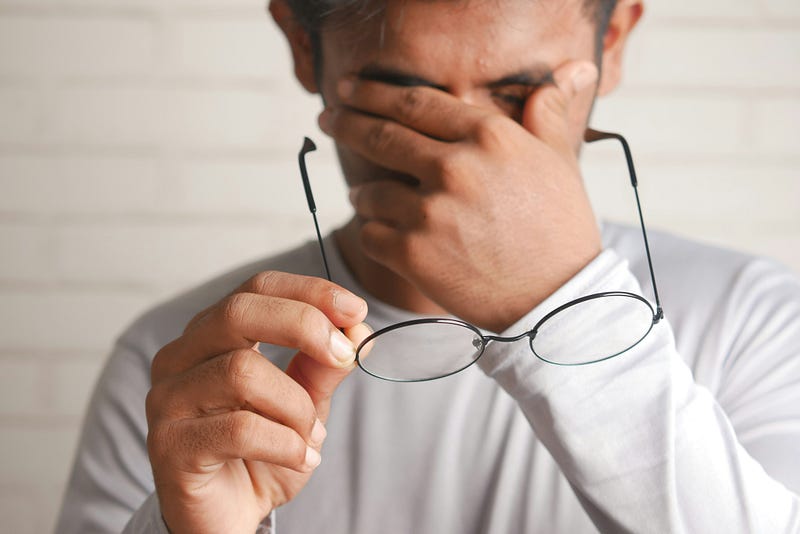Understanding Your Chronotype: A Key to Mental Health
Written on
Chapter 1: Introduction to Chronotypes
Understanding your chronotype can significantly affect your mental well-being, both positively and negatively.

Photo by Insung Yoon on Unsplash
Humans are inherently diurnal, which means we are designed to be awake during daylight and rest at night. However, individual preferences for sleep and wake times vary widely, leading to different chronotypes. You might have heard terms like "larks" and "owls," but do you know your own chronotype?
Article Sections:
- The Science of Chronotypes
- Different Types of Chronotypes
- Factors Influencing Your Chronotype
- The Impact of Chronotypes on Mental Health
- How to Determine Your Chronotype
Chapter 2: The Science of Chronotypes

Are you an owl-type? Photo by Dominik Van Opdenbosch on Unsplash
Chronobiology is the field that examines biological rhythms, with circadian rhythms being the most well-known. These daily cycles, typically spanning around 24 hours, govern behaviors such as sleep. Our chronotypes reflect our natural preferences for sleep and wake times. Recent research in psychology has revealed the significant role these chronotypes can play in mental health and sleep quality.
Chapter 3: Different Types of Chronotypes

Photo by David Thielen on Unsplash
Chronotypes are generally categorized into three groups: larks, owls, and hummingbirds (those who fall in between).
- Larks are early risers, achieving their peak productivity in the morning and typically retiring early for sleep.
- Owls prefer late nights, often reaching their peak efficiency during the afternoon and evening.
- Hummingbirds embody a balance, going to bed neither too early nor too late and displaying flexibility in their productivity peaks.
Which chronotype do you identify with?
Chapter 4: Factors Influencing Your Chronotype

Photo by James Wainscoat on Unsplash
Three primary factors influence your chronotype:
- Age: Adolescents tend to lean towards being owls, while older adults often identify more with larks.
- Genetic Variations: Certain genes, such as PER3, play a role in determining chronotype and susceptibility to sleep disorders.
- Zeitgebers: These "time givers," particularly sunlight, are crucial in regulating our circadian rhythms. Individuals exposed to more natural light often exhibit lark-like behaviors. For instance, people in rural areas usually enjoy more sunlight, reinforcing their lark tendencies.
You might have noticed how camping trips lead to earlier wake-up times—this is the effect of natural light acting as a zeitgeber.
Chapter 5: The Impact of Chronotypes on Mental Health

Photo by Glen Jackson on Unsplash
Consider an owl-type individual striving to adapt to a morning-oriented society. This can be extremely challenging, as it often involves waking earlier than feels natural. Many adolescents, being natural owls, face early school start times, leading to sleep deprivation and negative perceptions of laziness based on their biological rhythms.
This mismatch can result in inadequate sleep quality and duration, potentially leading to issues such as anxiety and depression.
Chapter 6: Discovering Your Chronotype

Photo by Towfiqu Barbhuiya on Unsplash
If you're curious about your chronotype, two notable questionnaires can help: the Munich Chronotype Questionnaire (MCTQ) and the Morningness-Eveningness Questionnaire (MEQ). The MCTQ is particularly recommended as it takes into account your actual sleep and wake preferences rather than general ranges.
So, which chronotype do you align with?
If you found this insightful, please show your support! (50 claps) It encourages me to produce more articles on sleep, neuroscience, animals, and Python. Follow me for more of my writings.
References:
Roenneberg, T., Wirz-Justice, A., & Merrow, M. (2003). Life between clocks: daily temporal patterns of human chronotypes. Journal of Biological Rhythms, 18(1), 80–90.
Roenneberg, T., Kuehnle, T., Juda, M., Kantermann, T., Allebrandt, K., Gordijn, M., & Merrow, M. (2007). Epidemiology of the human circadian clock. Sleep Medicine Reviews, 11(6), 429–438.
Roenneberg, T., Kumar, C. J., & Merrow, M. (2007). The human circadian clock entrains to sun time. Current Biology, 17(2), R44-R45.
Roenneberg, T., & Merrow, M. (2016). The circadian clock and human health. Current Biology, 26(10), R432-R443.